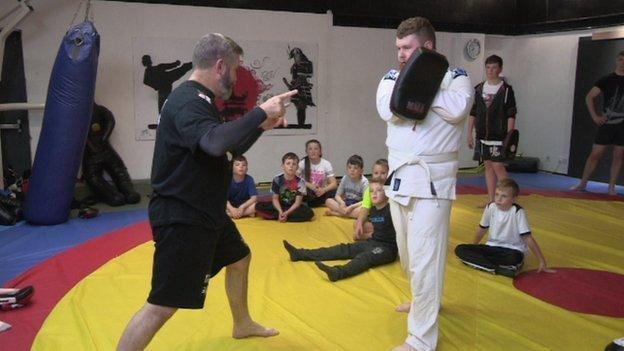BBC Get Inspired: Is boxing or MMA safe for children?
- Published

Mixed Martial Arts gym Aspire Combat Sports Academy in Liverpool offer the 'little ninjas' programme for children aged between four and seven
Thousands of children - some as young as four - visit boxing and mixed martial arts gyms on a weekly basis but are they putting their health in danger by doing so?
Brain injury charity Headway says parents are risking their child suffering traumatic brain injuries when they introduce them to combat sports at a young age.
Headway is calling for a total ban, for all ages, on boxing and MMA - or any sport where the objective is to strike the head of your opponent.
"Any blow to the head can technically have an impact on a child's development and their future. Why would you take that risk?" says Headway spokesman Luke Griggs.
Others, including an MMA coach, an Olympic silver medallist, a former world-title challenging boxer and a doctor in sport and exercise, believe combat sports are safe for children.
BBC Get Inspired takes a look at the debate.
A global talking point
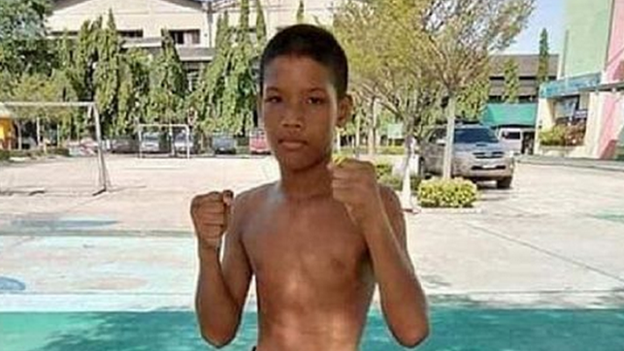
The death of 13-year-old Anucha Thasako, who was knocked out in a Thai boxing match, has led to renewed pressure on Thailand to ban children from boxing bouts
A number of fatalities in recent years have sharpened the focus on professional combat sports.
Scottish boxer Mike Towell, 25, died in hospital after being seriously injured in a bout in September 2016 and Englishman Scott Westgarth died after falling ill following a light-heavyweight fight in February 2018.
Boxing's oldest and longest-reigning champion, 41-year-old Adonis Stevenson, suffered a "severe traumatic brain injury" after the Canadian was knocked out in Quebec City earlier this month.
There have been other high-profile life-altering injuries as a result of boxing - such as the brain damage experienced by Michael Watson after a bout with Chris Eubank in 1991 and middleweight Nick Blackwell being placed in a coma after his loss to Eubank's son, Chris Eubank Jnr, in 2016.
There have also been calls in Thailand for children to be banned from fighting each other after the death of a 13-year-old boy in a Thai boxing fight.
MMA for four year olds?
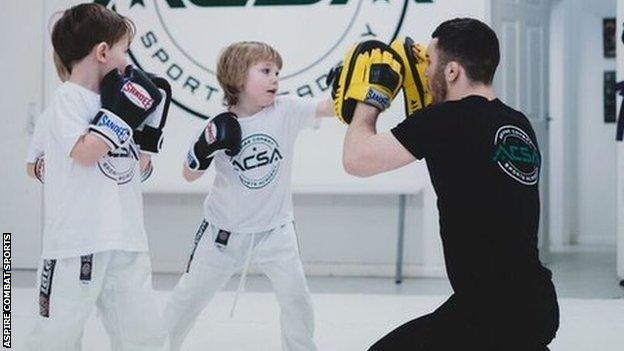
Dean Garnett runs the 'little ninjas' programme for children aged between four and seven at his Aspire Combat Sports Academy in Liverpool.
MMA is a combination of various martial arts and combat sports, such as ju-jitsu, wrestling and boxing, with adult fighters allowed to strike each other and grapple while both standing and on the floor.
Some associate the sport with the term 'cage-fighting' - a name popularised through the Ultimate Fighting Championship, where opponents face each other inside the 'octagon', an eight-sided metal-fenced ring.
Garnett says what the children are learning in his gym is significantly different from what you may see on television.
"I am not here to create five-year-old fighters," he told BBC Get Inspired.

Lutalo Muhammad (left) won -80kg silver at the Rio 2016 Olympics
British taekwondo fighter Lutalo Muhammad, who first started martial arts aged three, says knowing how to kick and punch "shaped him into the man he is today" and that he shied away from any type of violence outside the gym.
"I never got into fights at school and I've never got into any street altercation. With any combat sport, you're taught to only use it in self-defence," says the 27-year-old Rio 2016 silver medallist.
"I would often be a moderator if there was a fight in the playground, I could defuse the situation. I was taught discipline, confidence and leadership skills."
The 'little ninjas' in Liverpool are taught movement skills through gymnastic-based games, such as forward rolls, jumps and twists along the pristine white padded mats of the gym. There are no cages involved and no full contact - strikes to the head are only allowed for children aged 16 and above.
While accepting the fitness benefits of combat sports training, Headway say it is still worrying that children are being taught how to fight and they may find other outlets to practise their moves, such as at school or with friends.
"The danger is that you're introducing young and impressionable kids to what is essentially a very dangerous sport," Griggs said.
"At that age you're encouraging kids to a pathway to more and more contact. Even with the older children, they're still being encouraged to kick and punch in the head."
'The risk of actual head injury is tiny'
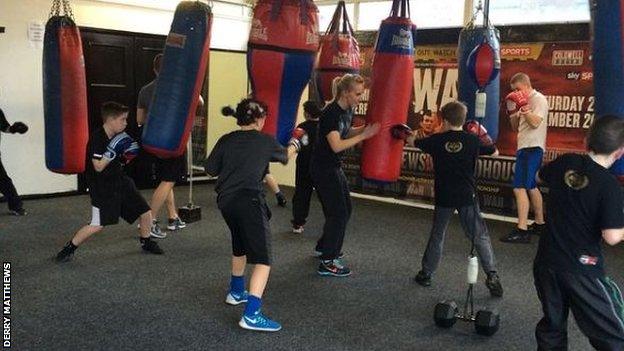
Liverpool's former world-title challenger Derry Mathews runs a boxing gym in his home city. Similar to Aspire Combat, the retired boxer has classes for children as young as five but, in line with amateur boxing rules, they are only allowed to spar and take part in bouts when they are aged 10.
Despite Headways seeking a total ban on boxing, Dr Mike Loosemore, a consultant at the Institute of Sport, Exercise and Health at University College London, says amateur boxing is so closely regulated that "the risk of actual head injury is tiny".
He adds: "In fact, there have been papers that show older children did better in life than their contemporaries if they've been involved in boxing.
"Not because of the fighting itself but because they were fitter, probably better disciplined."
Head guards - a help or hindrance?
In most sanctioned amateur boxing bouts, particularly those involving women and juniors, fighters wear head guards when sparring and competing.
Dr Loosemore says studies have shown removing head guards for men's bouts lowers the risk of any concussive blows to the head but increases the chances of cuts to the face.
So why not remove head guards for juniors?
He says it is because the instances of knockouts in junior boxing are already so low.
"Then it's the balance of whether it's worthwhile to reduce the low rate of concussion or to increase the number of cuts," he says.
'In rugby it's an incidental issue. In boxing, it's deliberate'
Garnett, Mathews and Muhammad all believe children are more likely to suffer concussion or brain injuries in other sports, such as rugby.
Earlier this year a leading concussion expert said rugby should limit - or ban entirely - contact training sessions during the season to reduce the risk of brain injury.
Dr Loosemore says bad concussions and head injuries are much more likely to come as a result of playing rugby.
Headway say it is the objective of combat sports which is the key difference.
"In rugby the aim is to score a try. In boxing, it's to render your opponent incapable to defend themselves by targeting and putting impact on their head and brain," Griggs said.
"In rugby it's an incidental issue. In boxing, it's deliberate."
'Boxing is a poor man's sport'
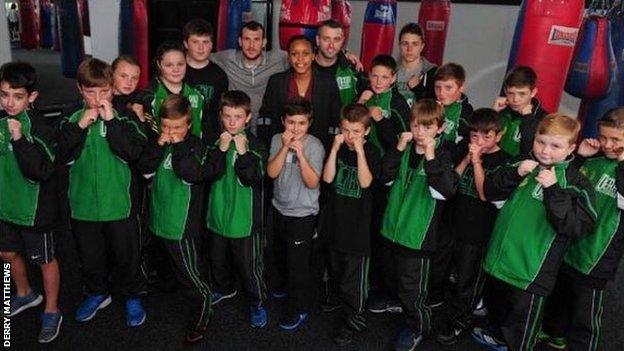
Garnett's MMA club charges a monthly membership for his 'little ninjas' and acknowledges that in his classes are "kids from far more affluent families" whereas Mathews describes boxing as a "poor man's sport".
Mathews says boxing is cheaper than other sports, and therefore far more accessible for children from disadvantaged backgrounds - juniors pay just £1 for a 40-minute group class at his gym.
He says his gym offers children an escape route from trouble and encourages positive character traits, such as respect and discipline.
"For a small price you can make friends and you become a family. You want everyone to push on and be the best they can be. The best way to stay clean is to stay in the gym, stay clean and out of trouble, listen to your coach."
'This is not the UFC, this is a gym'
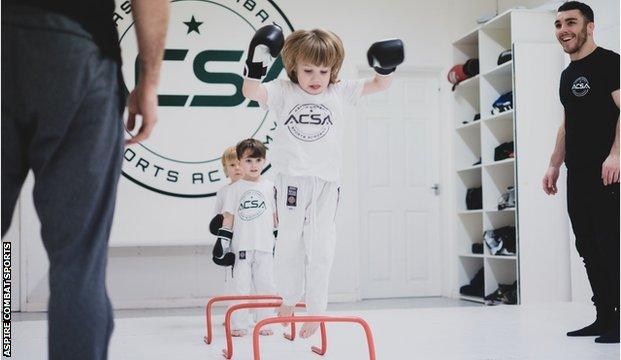
The popularity of boxing and MMA is arguably at an all-time high. Fighters such as Anthony Joshua and Conor McGregor are household names.
In August, the fight between YouTube stars KSI and Logan Paul, who have a combined following of over 38 million subscribers, demonstrated how combat sports are appealing to a younger audience.
Headways find this "concerning", adding: "When you glamorise these sports you're creating a generation of kids who want to be the next Conor McGregor.
"If you're glamorising such a dangerous sport then effectively we're going to see more and more tragedies."
However, Garnett says combat sports at a grassroots level should not be compared to the glitz of celebrity boxing matches or trash-talking fighters.
"This is not the UFC, this is a gym. You wouldn't not let your kid play Sunday league football because Zinedine Zidane headbutted Marco Materazzi in a World Cup final.
"People need to understand there's grassroots and there's elite level sport, which is entertainment."
Find out how you can get into boxing and martial arts with the Get Inspired activity guides.
- Published5 December 2018
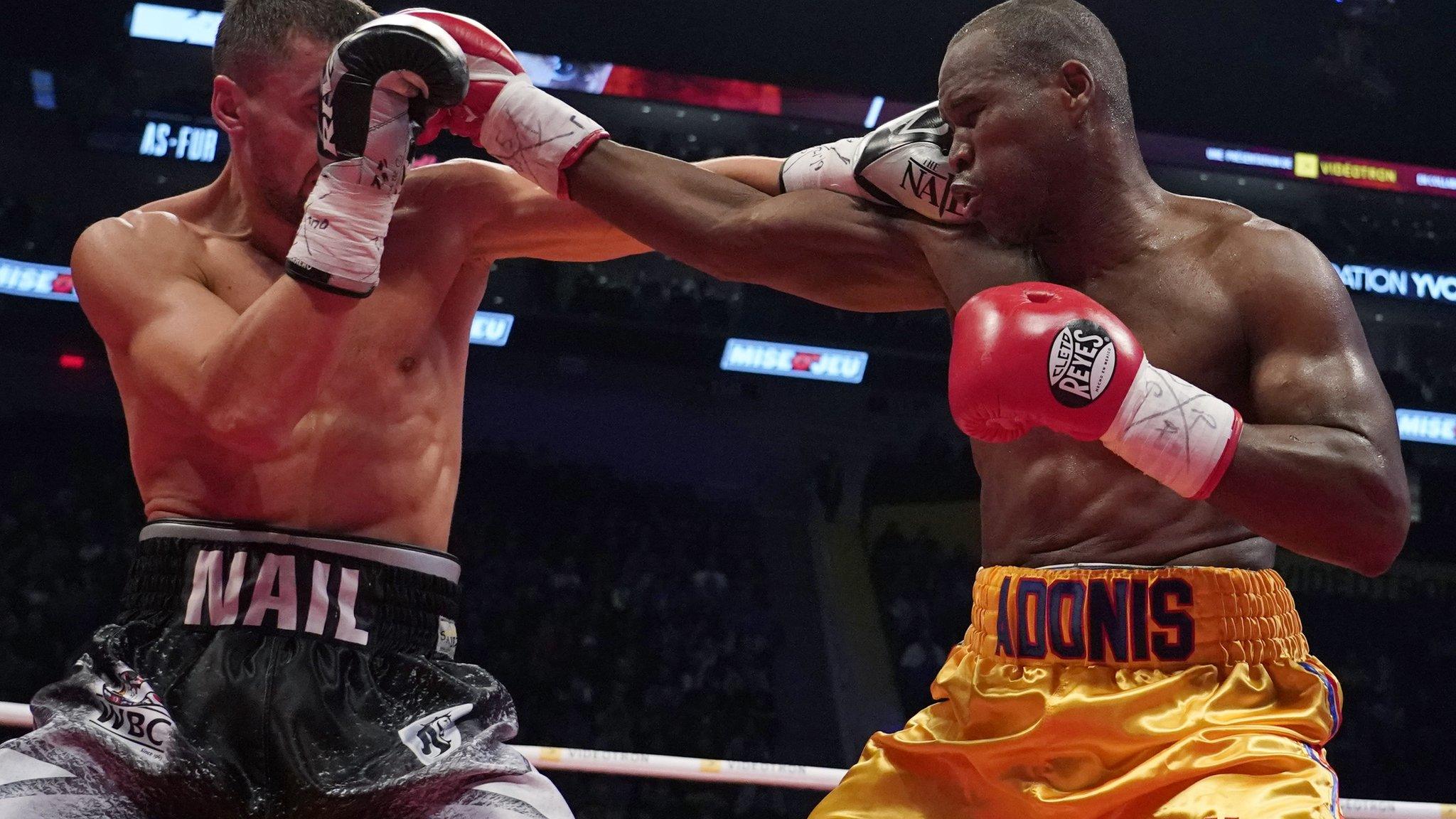
- Attribution
- Published13 November 2018
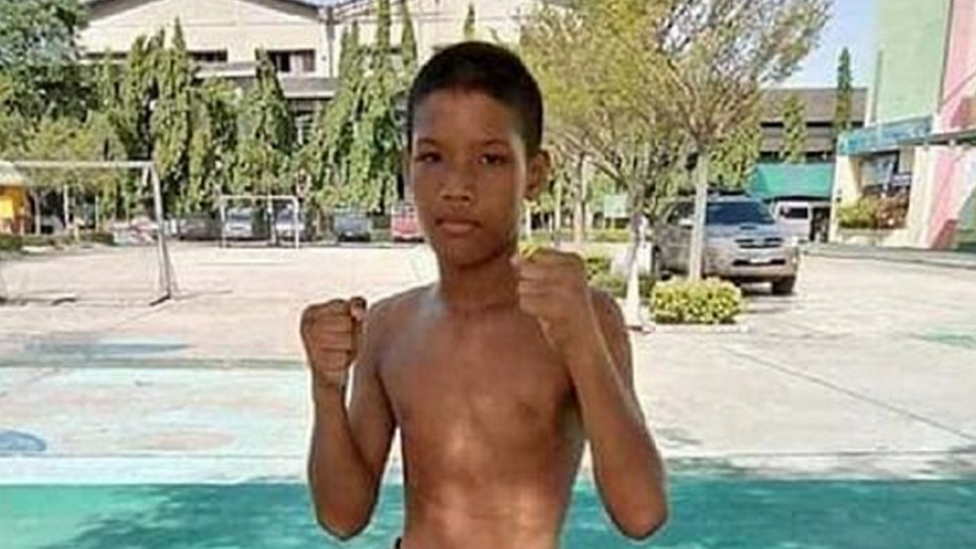
- Published16 November 2017
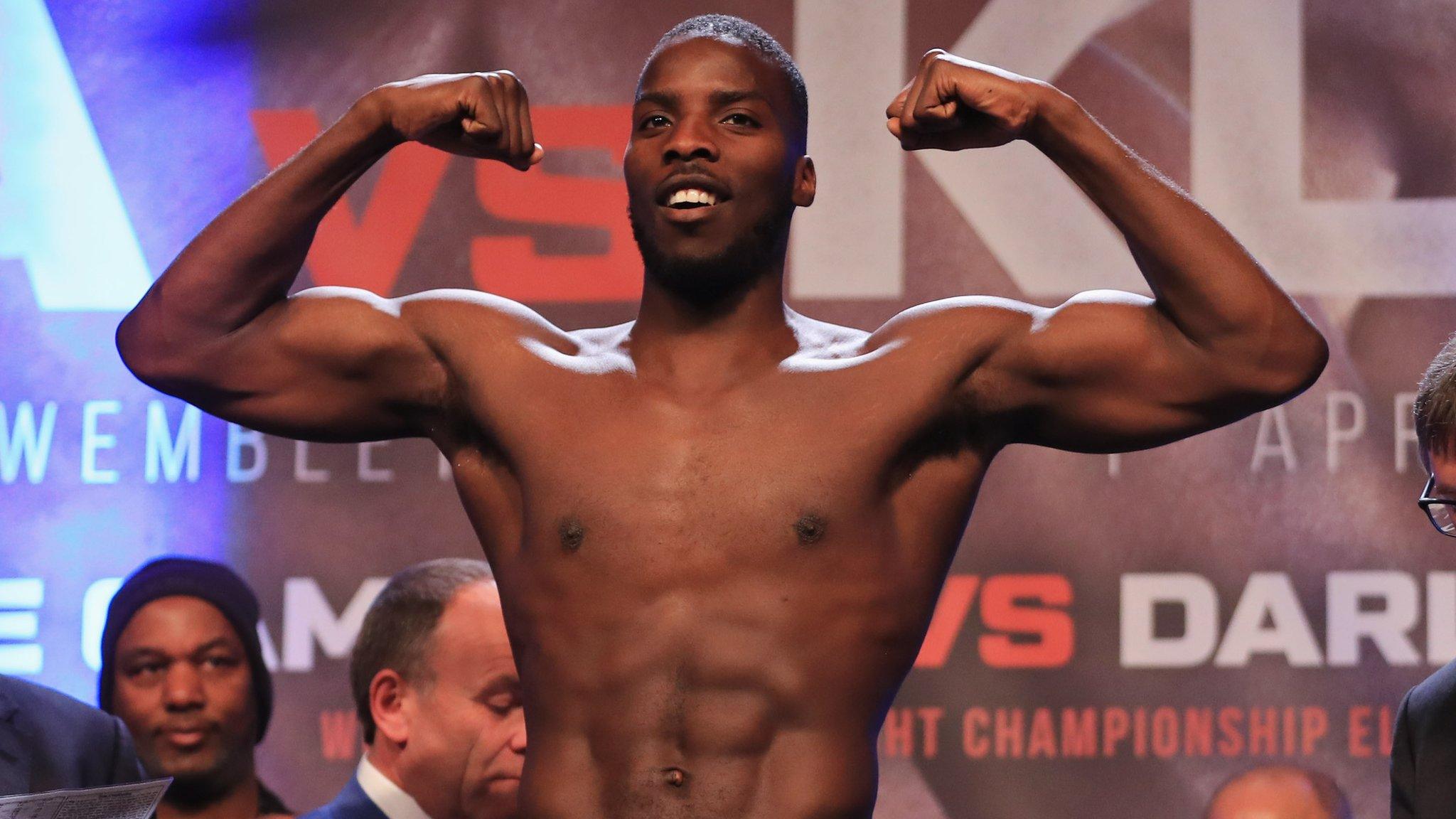
- Published8 December 2015
